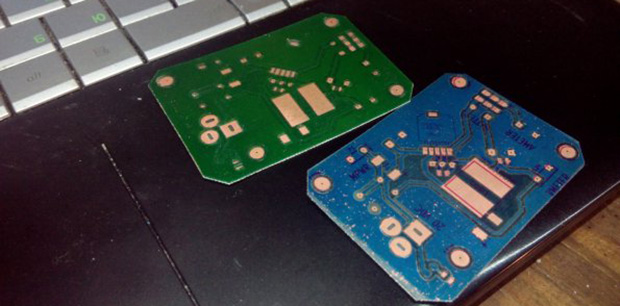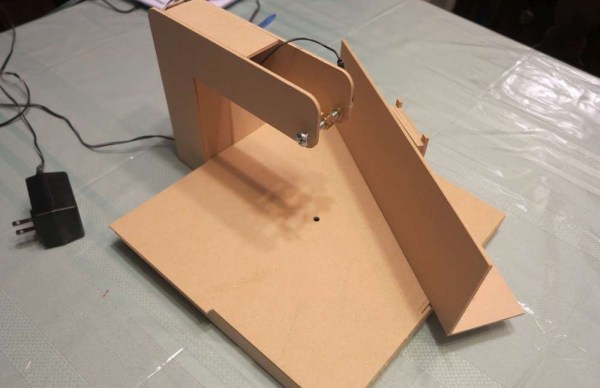
To measure resistance, you usually have to take the resistor to be tested out of the circuit, and sometimes that’s impossible. If you’re using a multimeter, measuring very small resistances is difficult to say the least. Combine both these problems – measuring microOhms in-circuit – and you have a problem that’s perfectly suited for the Mooshimeter.
Announced just a few weeks ago, the Mooshimeter is a two-channel multimeter that communicates with your cell phone over Bluetooth. It’s perfect for measuring current and voltage simultaneously, all while being tucked away in some place that’s either dangerous, inaccessible, or mobile.
The Mooshimeter team put together a great example of what can be done with their meter by measuring the resistance of a car battery grounding strap while behind the steering wheel. To do this, they put alligator clips across the grounding cable and clamped on a current meter.
Inside the car, they whipped out their cell phone and looked at the Mooshimeter’s output for the voltage and current measurement. The Mooshi app has an IV curve (with linear regression in the works), so simply dividing the current and voltage gives them the resistance of the battery’s grounding cable.
It’s a very cool and extremely simple demonstration of how cool the Mooshimeter actually is. Video of the demo below.
















